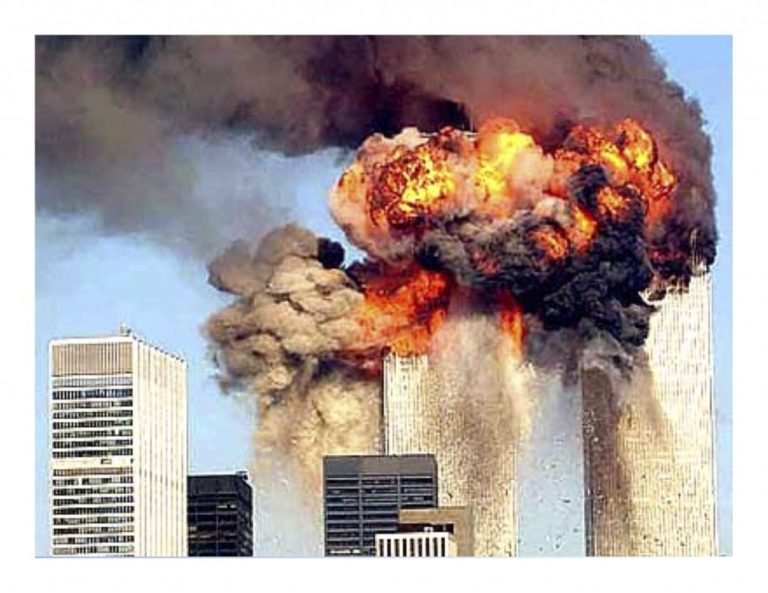

Haque correctly bases his analysis on the LOAC distinction rule, my assessment is that his application of the rule is mistaken and that this error produces an incorrect conclusion regarding the unlawfulness of the attack. Our disagreement is reducible, but only in part, to how one applies the law when facts needed to make a full assessment are not publicly available.Īs Haque notes, the LOAC distinction rule requires attacks to be directed against military objectives. The central point of divergence from which I begin the assessment of Haque’s analysis is this passage from his article: “The airstrike on Al Jalaa tower was illegal for the simple reason that the tower was not a military objective (a ‘lawful target’) at the time of the airstrike.” While Prof. However, on this occasion I respectfully disagree both with the analysis and the conclusions he presents on these pages. Haque I have read, I value his informed perspective. As is the case with all scholarly discourse from Prof. In the early 1980s, he had been tried and acquitted twice for instigating the assassination of that country’s president Anwar Sadat.I read with interest Professor Adil Haque’s legal analysis of the widely criticized attack by the Israel Defense Forces (IDF) on Al Jalaa tower. Abdel Rahman, who lost his eyesight at a young age, espoused a fundamentalist brand of Islam that condemned secular Muslims, Western materialism and U.S. The arrests of Salameh, Abouhalima and Ayyad led FBI investigators to a Brooklyn mosque all three had attended, and to Sheikh Omar Abdel Rahman, a radical Sunni Muslim cleric who had emigrated to the United States in the early 1990s. Several of the WTC bombers were connected to the same mosque, led by an influential extremist cleric known as the ‘Blind Sheikh.’ WATCH: 9/11 Documentaries on HISTORY Vault 5. “Yes, I am a terrorist and proud of it,” he told the court. Yousef was unapologetic, claiming he wanted to punish the United States for its role in providing aid to Israel.

#ATTACKING THE TOWER PLUS#
Captured in February 1995, Yousef was extradited to New York City, tried and found guilty of both the bombing and the Manila plane plot, code-named “Bojinka.” He was sentenced in January 1998 to life in prison plus 240 years, with the judge factoring in combined life expectancies of the six people killed in the 1993 bombing. Over the next two years, Ramzi Yousef took part in various other terrorist actions, including planting a bomb on a commercial airplane in the Philippines in order to test a larger plot involving explosions on as many as a dozen U.S. While Salameh, Ayyad, Abouhalima and Ajaj were tried, convicted and sentenced to life in March 1994, the man identified as the plot’s mastermind had escaped to Pakistan immediately after the bombing. Their leader remained at large for two years. What School Was Like in the 13 Colonies 4. Investigators questioned another suspect, Abdul Yasim, but released him due to a lack of evidence he subsequently fled the country and has never been captured. A search of Salameh’s apartment led to the arrests of three more suspects, including Nidal Ayyad (whose DNA matched saliva on the letter’s envelope), Mahmud Abouhalima and Ahmed Ajaj. Things unfolded quickly from there: FBI investigators found bomb-making chemicals that matched evidence found at the World Trade Center in a self-storage unit in Jersey City, while The New York Times received a letter claiming responsibility for the attack from a group called the Liberation Army, Fifth Battalion. When Mohammed Salameh, the man who had rented the van, returned to the rental agency on March 4 to try to get his $400 deposit back, an FBI team arrested him. By the time the towers reopened in late March 1993, authorities had arrested four suspects. Two of the pieces showed a vehicle identification number (VIN), which investigators traced to a van that had been reported stolen on the day before the attack at a rental agency in Jersey City, New Jersey. The day after the attack, agents searching the wreckage found several parts of a vehicle that apparently exploded from the inside out. The FBI and JTTF had been tracking Islamic fundamentalists in the city for months before the attack, and immediately suspected this was an act of terrorism. Within minutes of the explosion, members of the New York Joint Terrorism Task Force (JTTF) headed to the World Trade Center, where they would coordinate an investigation including the Federal Bureau of Investigation (FBI) and New York Police Department (NYPD) among other federal, state and municipal government agencies. While searching through 4,000 pounds of rubble, investigators found a key clue about its perpetrators.


 0 kommentar(er)
0 kommentar(er)
